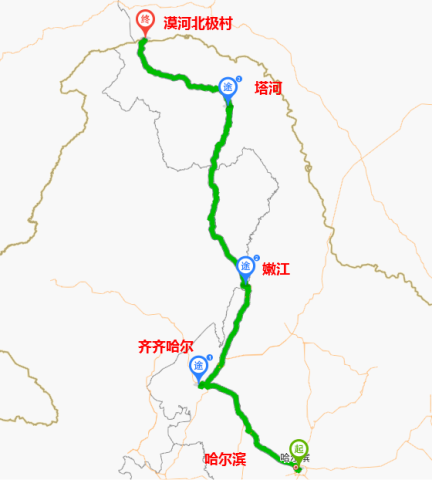
Harbin - Qiqihar - Nenjiang - Tahe - Mohe. About 1,300 kilometers, 4 days.

Qiqihar City is a famous Crane City, with beautiful landscapes and unique cultural monuments. Mohe is the source of Heilongjiang, and in summer, "aurora" and "daylight" phenomena occasionally occur here.

Zhalong Nature Reserve
Zhalong Nature Reserve is a famous nature reserve for rare waterfowl. The main protection targets are red-crowned cranes and other wild rare birds. Every year from April to May and August to September, many wild rare birds gather here.



Mahayana Temple is the temple of Tiantai Sect. There are currently Buddhist buildings such as the Luohan Hall, the Main Hall, the Buddhist Sutra Tower, the Pavilion of Ten Thousand Buddhas, and the Five Views Hall. On the drum tower on the west side of the mountain gate hangs a 5,000-kilogram bell with the entire Diamond Sutra engraved on it.


Bukui Mosque is one of the largest and most well-preserved temples among the mosques in Heilongjiang Province. It is divided into two temples, the East and West, which are one religious temple and two temples. The main building consists of the main hall, worship hall, kiln hall and some ancillary buildings.
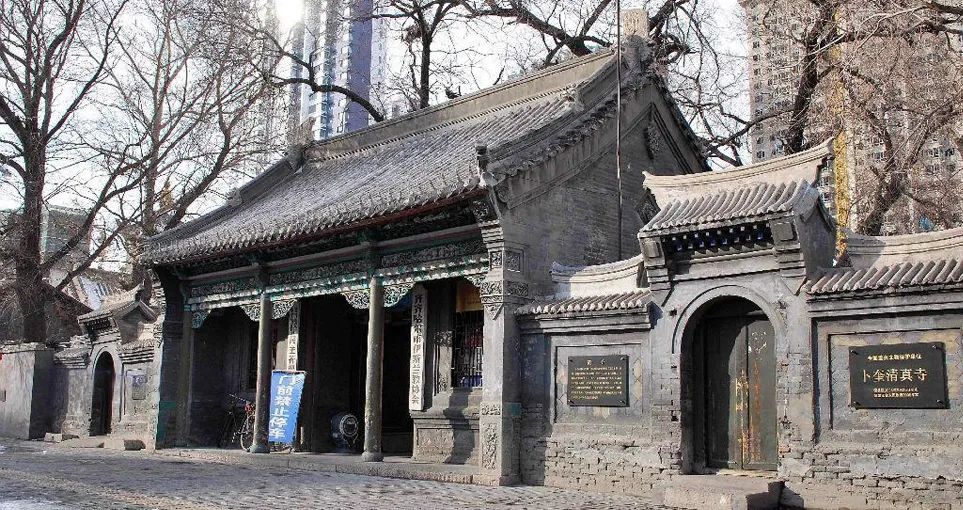

Shibazhan Oroqen Nationality Township is an ethnic township with the Oroqen ethnic group as the main body. Driving here, you can experience the Oroqen ethnic customs, visit 18 Paleolithic sites, and participate in Huma River rafting.
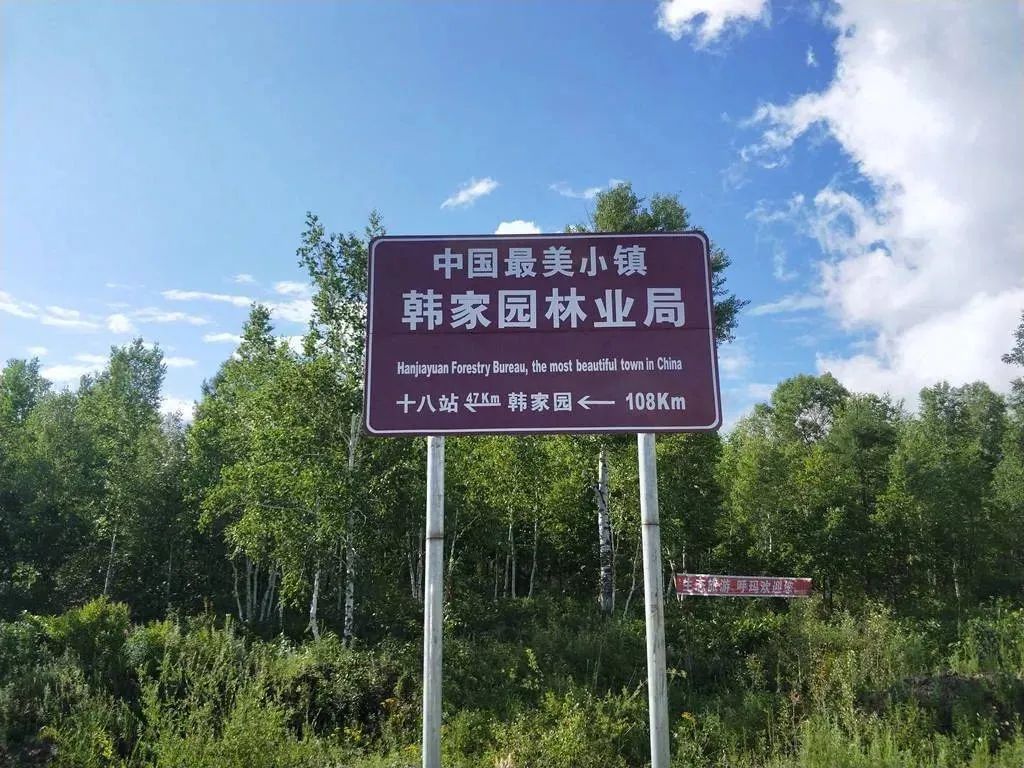


Arctic Village is the best place in the country to watch the Northern Lights and white night scenery. In the village, there are scenic spots such as the Northern Frontier of China, the North Pole of China, the Ancient Water Well, the Northernmost Home, and the Northernmost Post and Telecommunications Office for you to visit. Bonfire parties are held on the riverside every summer solstice.


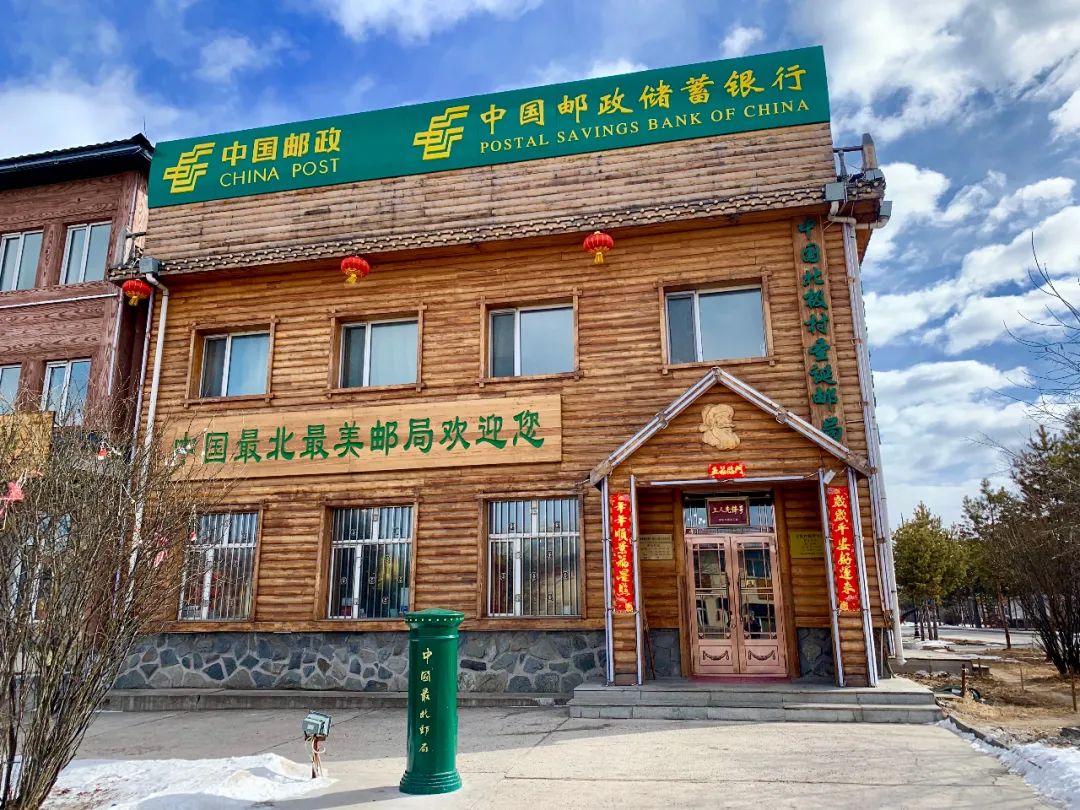

Rouge Valley is a famous gold-producing place. Because the gold here was exchanged for rouge for Cixi, it was named Rouge Valley. In addition to the production land, the entire mining area also has the ruins of Li Jinyong's ancestral hall, the gold mining culture exhibition hall, the Rouge Pavilion, etc.

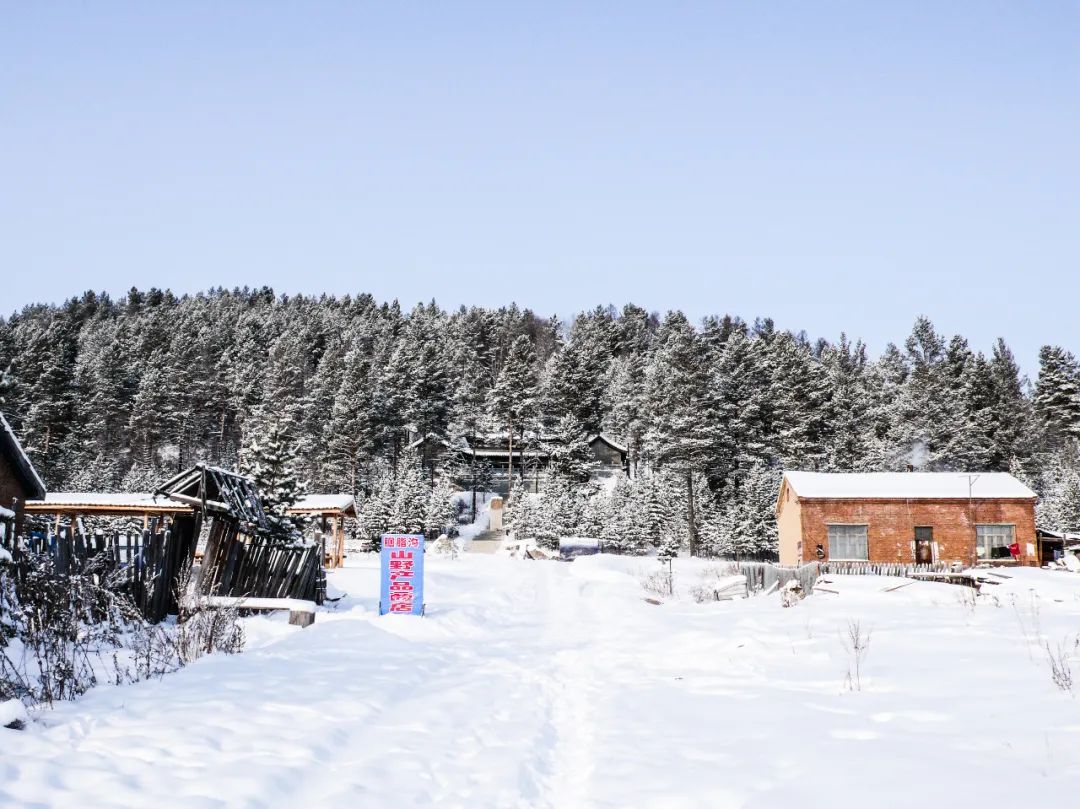
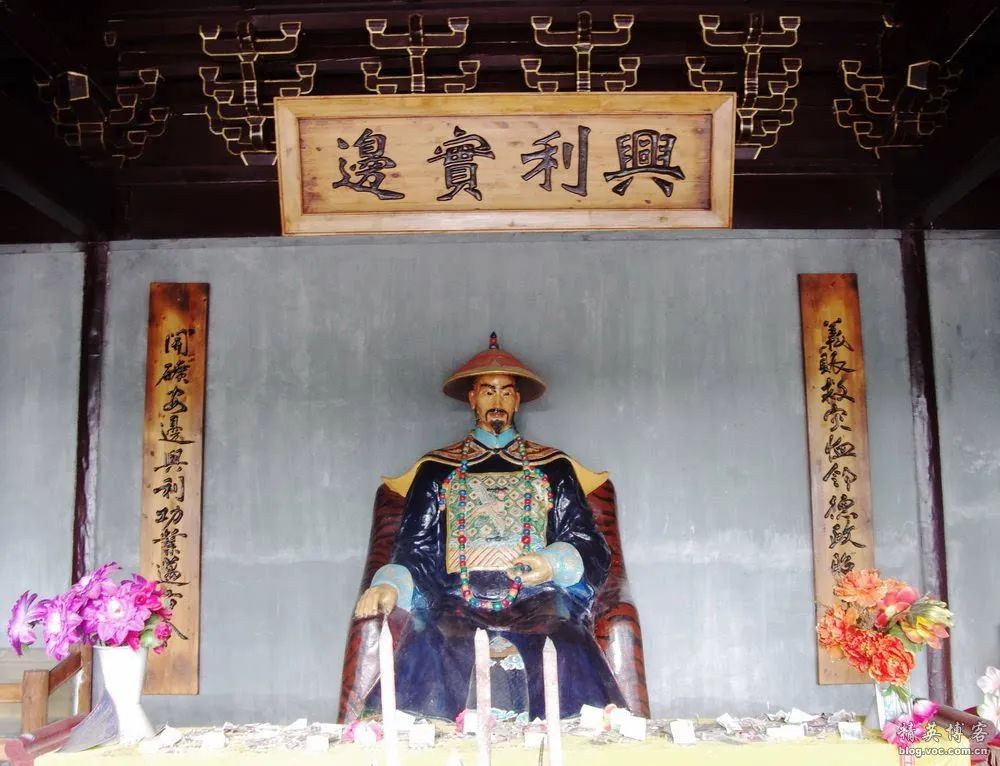
Luogu River is the source of Heilongjiang. It is more than 200 kilometers long. The scenery along both sides of the river is quiet and beautiful. Luoguhe Village is the name of the village at the source of Heilongjiang.

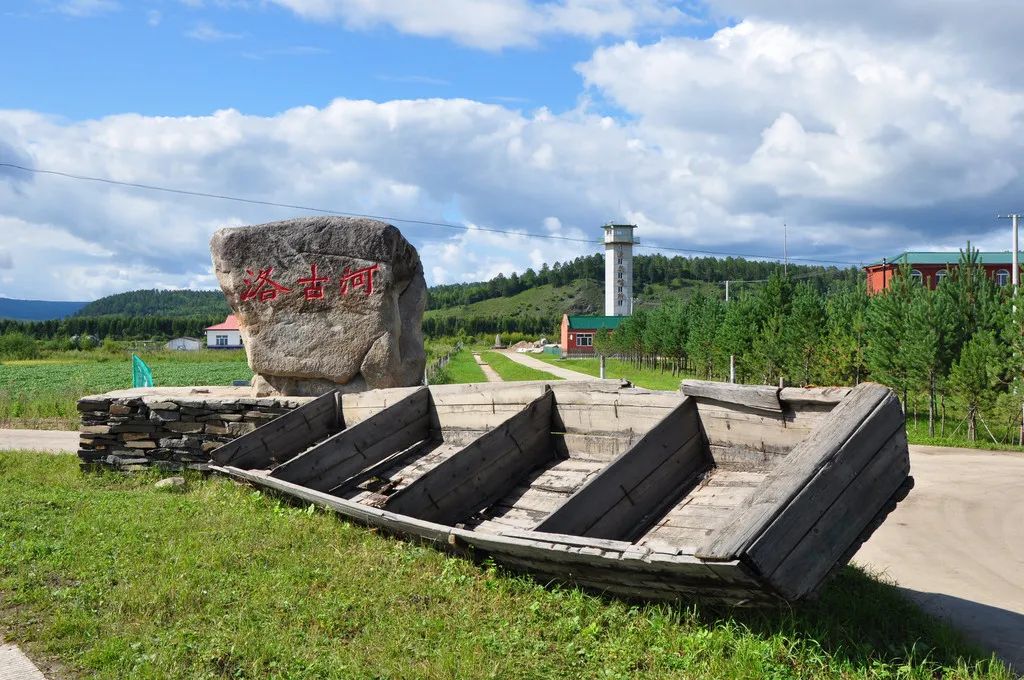

D1: Depart from Harbin in the morning and go to Zhalong Nature Reserve to watch red-crowned cranes. Arrive in Qi City in the afternoon and visit Mahayana Temple and Bukui Mosque. Overnight in Qiqihar.
D2: Drive long distance from Qiqihar across the Nenjiang River and walk along Jiagedaqi, enjoying the natural scenery of the Sanjiang Plain along the way. Overnight in Tahe.
D3: In the morning, we visited Oroqen Township at 18 stops and looked for Paleolithic ruins. In the afternoon, we drove to Mohe and visited Rouge Valley. Overnight in Arctic Village.
D4: In the morning, we visited the Northern Frontier of China, China’s Arctic, and China’s northernmost home in Arctic Village, and took a boat ride to enjoy the scenery of the Jiejiang River. Return in the afternoon.
Self-driving tips
1. August 1st every year is the Crane Watching Festival. You can go there at this time. Since the protected area has a wide field of vision, it is best to use a wide-angle camera with a lens of more than 400mm when taking photos.
2. The best time to watch the Northern Lights is about 10 days before and after the summer solstice every year, and they are less likely to appear in autumn.
3. Wine-braised pine nut chicken. Wine-braised pine nut chicken is a special dish of the Qiqihar people. It is delicious and nutritious.
4. Qiqihar Barbecue is very famous throughout the country. It has a roasting pot, a basin of mixed meat, a big bowl of wine, and a big mouthful of meat.
